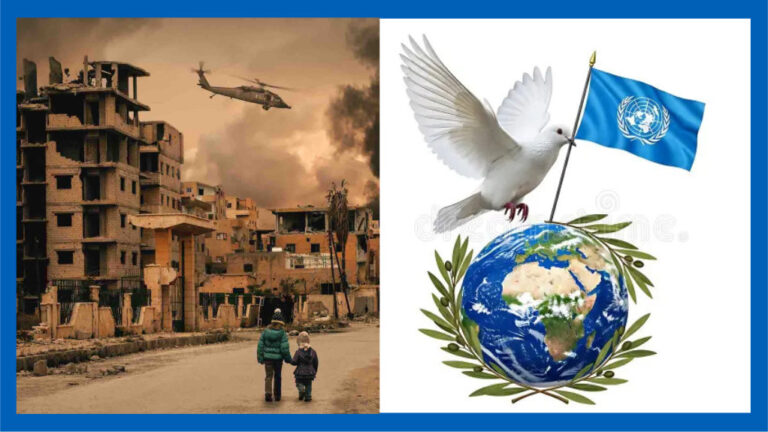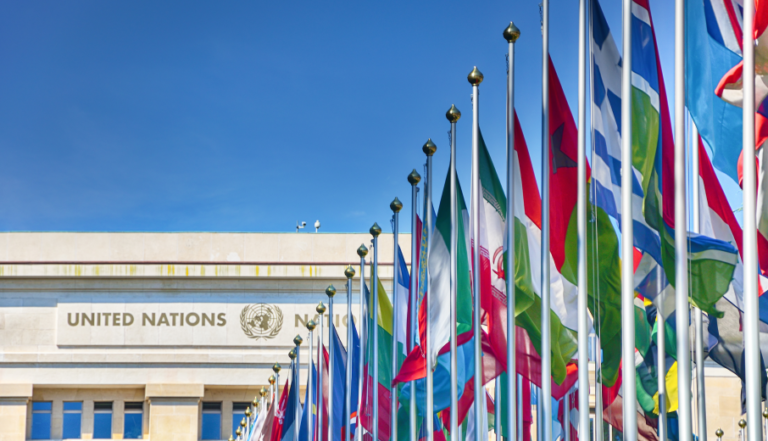Russia, Ukraine Air Attacks Intensify Amid Ceasefire Uncertainty

As the conflict between Russia and Ukraine drags on, both nations have intensified air attacks, casting doubt on the prospects of a ceasefire. Recent strikes have targeted military and civilian infrastructure, exacerbating an already dire humanitarian crisis. With neither side showing signs of de-escalation, concerns over prolonged warfare and civilian casualties continue to grow.
The latest wave of air attacks has hit key cities, including Kyiv, Kharkiv, and Odesa, while Russia has reported drone strikes in Belgorod and other border regions. These developments have raised alarms among global leaders, who fear the ongoing military confrontations could further destabilize the region. Despite ongoing diplomatic efforts, ceasefire negotiations remain at an impasse, with both countries refusing to back down.
Escalation in Air Strikes and Growing Civilian Toll
Reports indicate that the scale and frequency of air attacks have surged in recent weeks. Ukrainian forces have intensified drone strikes on Russian military assets, while Moscow has responded with missile barrages targeting critical energy infrastructure. The tit-for-tat attacks have left thousands without power, worsening the humanitarian situation as winter approaches.
According to Ukrainian military officials, Russia launched more than 50 missile and drone attacks in a single night, striking energy grids, residential buildings, and transportation networks. In response, Ukraine deployed air defence systems to intercept incoming threats, but many missiles still reached their intended targets. The Ukrainian government has accused Moscow of deliberately targeting civilians, a claim that Russia has denied, insisting its strikes focus on military installations.
The UN has expressed grave concerns over the escalating air attacks, emphasizing the mounting civilian casualties. “The loss of innocent lives due to these airstrikes is unacceptable,” said a UN spokesperson. “Both sides must prioritize de-escalation and work towards a ceasefire to prevent further humanitarian disaster.”
Ceasefire Negotiations: A Stalemate?
Despite repeated diplomatic efforts by international mediators, including representatives from Turkey, the United Nations, and the European Union, ceasefire negotiations remain at a standstill. Russian and Ukrainian officials have met multiple times in the past months, but no tangible progress has been made.
Ukraine has maintained that any ceasefire agreement must include the complete withdrawal of Russian troops from occupied territories, while Moscow insists that Kyiv must recognize its territorial claims. These opposing stances have left little room for compromise, fueling scepticism about the possibility of reaching a truce shortly.
Western leaders have urged both sides to resume peace talks, warning that continued air attacks will only deepen the suffering of civilians. U.S. Secretary of State Antony Blinken stated, “The international community cannot allow this war to drag on indefinitely. A diplomatic solution must be reached before more lives are lost.”
Impact on Civilians and Humanitarian Efforts
As Russia and Ukraine continue air attacks, millions of civilians are caught in the crossfire. Displaced families struggle to access essential supplies, and medical facilities are overwhelmed with casualties. Humanitarian organizations, including the Red Cross and Doctors Without Borders, have called for urgent aid deliveries and safe corridors to evacuate vulnerable populations.
In Kharkiv, residents describe harrowing experiences as missiles rain down on their neighbourhoods. “We have nowhere to go. Every night, we hear the explosions, and we don’t know if we’ll wake up alive,” said a resident. Similar accounts have emerged from Russian border towns affected by Ukrainian drone strikes, highlighting the widespread impact of the conflict.
International relief agencies have mobilized emergency aid shipments, but continued hostilities make distribution efforts dangerous and unpredictable. “We need an immediate ceasefire to deliver aid effectively,” said a Red Cross official. “Without it, the humanitarian situation will continue to deteriorate.”
International Response and Future Prospects
The global community remains deeply divided on the ongoing war. While NATO countries continue to provide military aid to Ukraine, China and India have called for peaceful negotiations. The United Nations Security Council has held multiple emergency meetings, but resolutions urging an immediate ceasefire have faced resistance.
Military analysts warn that if air attacks persist, the conflict could enter a more destructive phase, with both sides increasing the scale of their operations. “The longer these air assaults continue, the harder it will be to negotiate peace,” said a security expert. “Both nations are locked in a dangerous cycle of retaliation.”
Meanwhile, economic sanctions on Russia have been expanded to weaken its war effort. However, Moscow continues to find alternative trade routes, further complicating diplomatic efforts to pressure the Kremlin into peace talks.
Conclusion
With Russia and Ukraine continuing air attacks and ceasefire prospects remaining uncertain, the war shows no sign of abating. The international community faces mounting pressure to intervene, but diplomatic roadblocks persist. As civilian casualties rise and infrastructure crumbles, the need for a sustainable resolution has never been more urgent.
Whether peace talks will gain traction or the conflict will escalate further remains uncertain. For now, millions remain trapped in a war with no clear end in sight, bearing the brunt of air attacks and political deadlock. The world watches Russia and Ukraine navigate a precarious battlefield, hoping for a breakthrough to bring lasting peace.
About the Author
DURU SUNNY-GEORGE
Administrator
Duru Sunny George is a Media Practitioner | Journalist | Cinematographer | Photographer | Lecturer - popularly known as DSG, is a versatile media entrepreneur and educator. He is the Founder & CEO of DSG STUDIOS, DSG HERALD NEWS, and DSG RADIO, leading platforms in journalism, photography, cinematography, and digital broadcasting.






